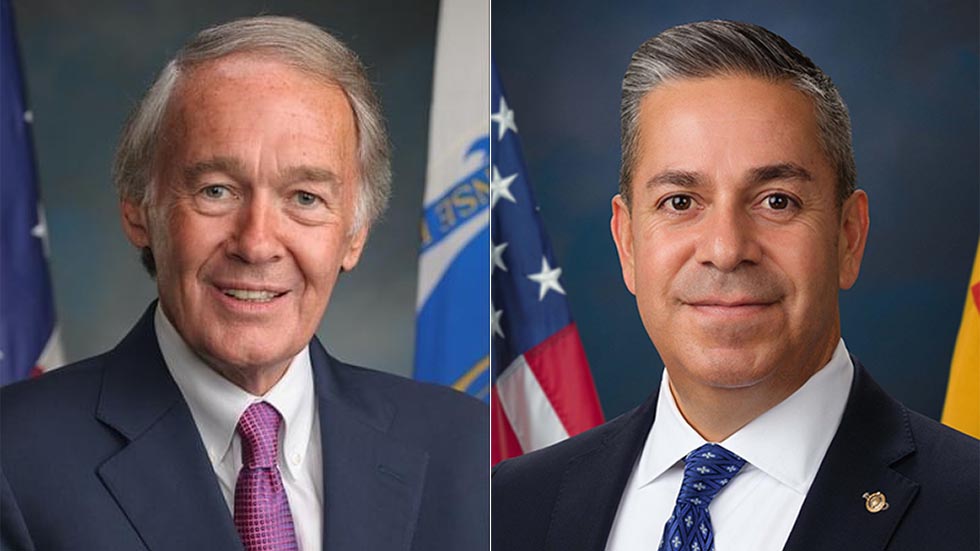FCC Okays AT&T Purchase of FLO Spectrum
The FCC gave its consent to transfer of all of Qualcomm's D and E block licenses in the lower 700 MHz band to AT&T in Order FCC 11-188. You may remember that this spectrum was originally used for FLO transmitters, sometimes located on mountain-tops, with power levels of up to 50 kW ERP for transmitting mobile TV programming to specially-equipped cell phones. One of the concerns in the FCC's analysis of the transfer was that if AT&T operated at the maximum height above average terrain (HAAT) and ERP as authorized for the unpaired 710-716 MHz, 716-722 MHz and 740-746 spectrum and used by Qualcomm, it would likely cause interference to other lower 700 MHz licensees using their spectrum for two-way wireless broadband.
To avoid this, as a condition of the consent, the Order limits AT&T to the lower HAAT and ERP limits allowed for Lower 700 MHz A and B Block licensees, and prohibits AT&T from using the spectrum for uplink to its base stations, as this could cause interference to other Lower 700 MHz user units. These limits apply only to the Qualcomm spectrum, but it seems likely the same interference concerns would apply to other unpaired Lower 700 MHz spectrum licenses such as Dish's Channel 56 spectrum. AT&T is required to take other measures, including filtering, to eliminate interference to Lower 700 MHz A, B and C Block licensees.
These constraints should not be a problem for AT&T, which intends to use the Qualcomm spectrum as supplemental downlink on its nationwide LTE network using carrier aggregation technology. AT&T and Qualcomm said expected LTE Advanced standard releases will permit this previously-unpaired spectrum to bond with other AT&T spectrum used to deploy mobile broadband services over its LTE network.
What does this mean to broadcasters?
It seems unlikely any of the other lower 700 MHz unpaired spectrum licensees will use it to offer a FLO-style mobile TV broadcast service, whether COFDM or ATSC-MH. For the time being, that means broadcast ATSC-MH Mobile DTV will have the broadcast market to itself. Long-term, AT&T use of the Qualcomm spectrum as supplemental downlink for its LTE network will refine the technology needed to make the mobile operator/broadcast station partnership outlined in the "Broadcast Overlay" proposals for the next-generation ATSC broadcast standard a reality.
The professional video industry's #1 source for news, trends and product and tech information. Sign up below.

Doug Lung is one of America's foremost authorities on broadcast RF technology. As vice president of Broadcast Technology for NBCUniversal Local, H. Douglas Lung leads NBC and Telemundo-owned stations’ RF and transmission affairs, including microwave, radars, satellite uplinks, and FCC technical filings. Beginning his career in 1976 at KSCI in Los Angeles, Lung has nearly 50 years of experience in broadcast television engineering. Beginning in 1985, he led the engineering department for what was to become the Telemundo network and station group, assisting in the design, construction and installation of the company’s broadcast and cable facilities. Other projects include work on the launch of Hawaii’s first UHF TV station, the rollout and testing of the ATSC mobile-handheld standard, and software development related to the incentive auction TV spectrum repack. A longtime columnist for TV Technology, Doug is also a regular contributor to IEEE Broadcast Technology. He is the recipient of the 2023 NAB Television Engineering Award. He also received a Tech Leadership Award from TV Tech publisher Future plc in 2021 and is a member of the IEEE Broadcast Technology Society and the Society of Broadcast Engineers.
